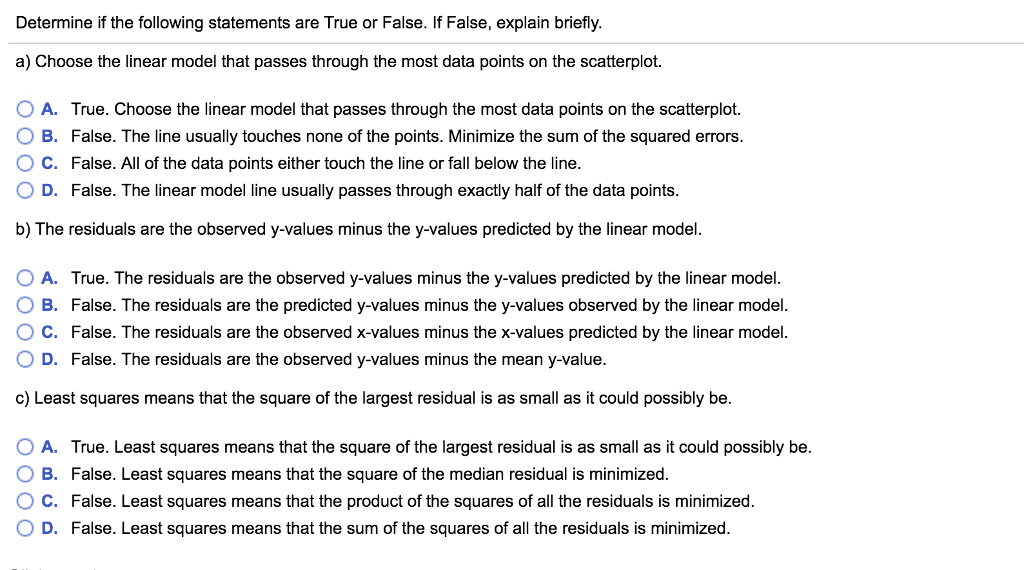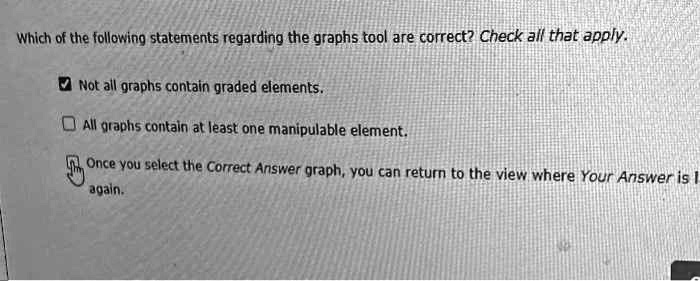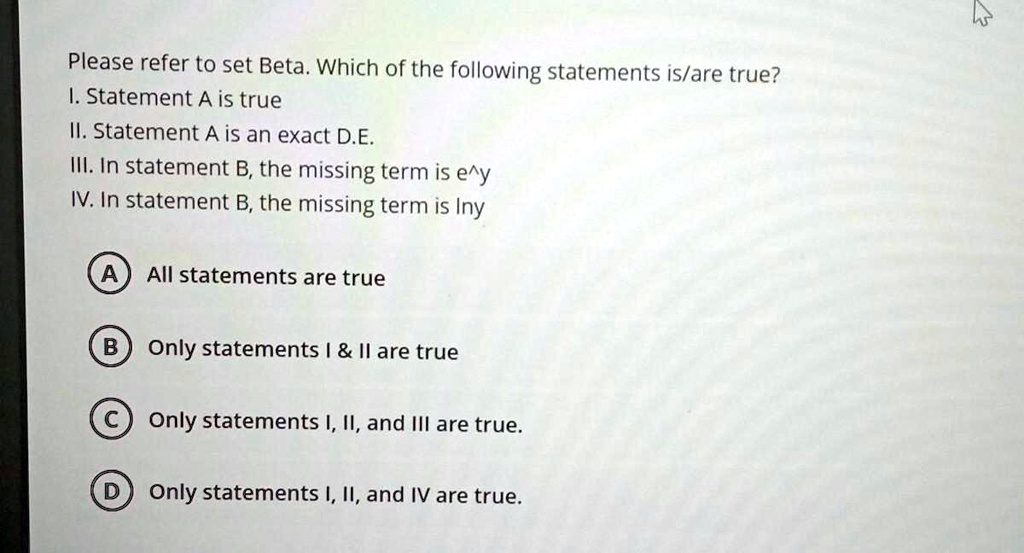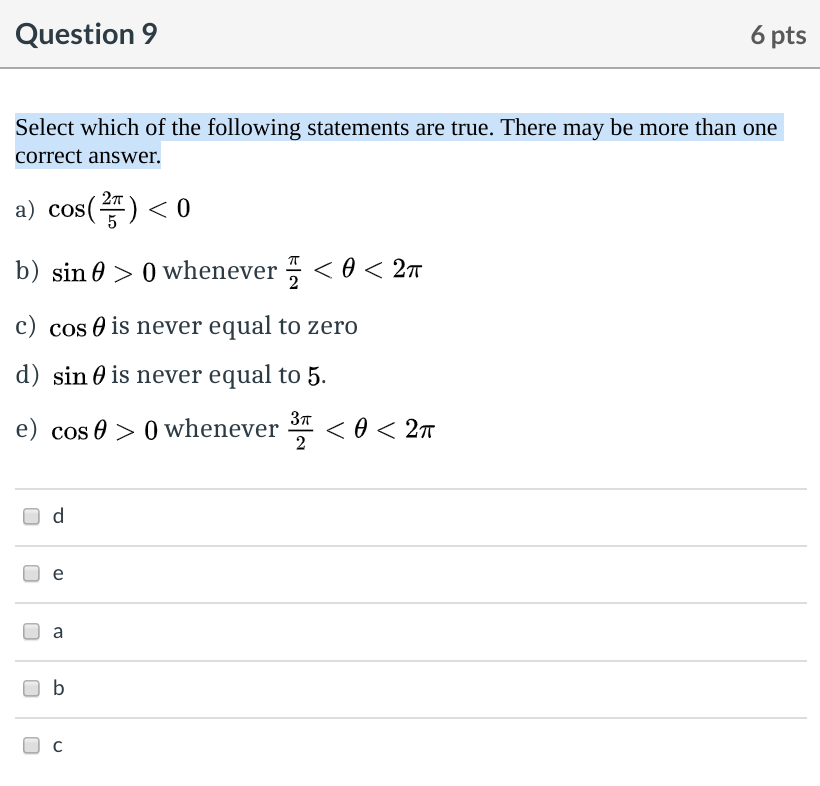Which Of The Following Statements About Models Is Correct

The air crackled with anticipation. Soft light illuminated the faces of a diverse crowd gathered at the community center. Whispers filled the room as participants, young and old, leaned forward, eager to unravel the complexities behind a seemingly simple question: "Which of the following statements about models is correct?"
This wasn't a beauty pageant or a technical modeling conference. Instead, it was a gathering designed to demystify the various ways we use models to understand and interact with the world. Understanding the nuances of models, from scientific simulations to artistic representations, is crucial for informed decision-making and critical thinking in an increasingly complex world.
At its core, a model is a simplified representation of something more complex. It can be a physical object, a mathematical equation, a computer simulation, or even a mental image. The purpose of a model is to help us understand, predict, or control the behavior of the real thing it represents.
The question of which statements about models are *correct* depends entirely on the context. A statement true for a statistical model might be completely false for a fashion model, or a miniature model of a building. We need to consider the specific type of model and its intended use.
The Many Faces of Modeling
Consider the realm of scientific modeling. Scientists use models to simulate climate change, predict the spread of diseases, and design new drugs.
These models are often complex computer programs that incorporate vast amounts of data and sophisticated mathematical algorithms. The goal is to create a virtual representation of a real-world system that can be manipulated and studied to gain insights that would be difficult or impossible to obtain otherwise.
For example, climate models are used to project future temperature changes and sea-level rise. They incorporate factors such as greenhouse gas emissions, solar radiation, and ocean currents.
Statistical Models: A Foundation of Data Analysis
Statistical models are another crucial tool for understanding the world. They are used to analyze data and identify patterns, relationships, and trends.
A statistical model is essentially a mathematical equation that describes the relationship between different variables. This could involve predicting customer behavior based on past purchase history, or determining the effectiveness of a new medical treatment.
Regression analysis, a common statistical technique, is used to model the relationship between a dependent variable and one or more independent variables. The key assumption is that there is a systematic relationship that can be captured by the model.
Economic Models: Navigating the Financial Landscape
Economic models aim to represent and predict economic phenomena, such as inflation, unemployment, and economic growth.
These models often incorporate assumptions about rational behavior, market efficiency, and the availability of information. They are used by policymakers to evaluate the potential impact of different policies and make informed decisions about economic management.
The *IS-LM model*, for instance, is a macroeconomic model that describes the relationship between interest rates and output in the economy. It helps analyze the effects of monetary and fiscal policy.
Physical Models: From Architecture to Engineering
Physical models are tangible representations of real-world objects or systems. Architects use physical models to visualize building designs, while engineers use them to test the structural integrity of bridges and airplanes.
Wind tunnels, for example, use scale models to study the aerodynamic properties of vehicles. This allows engineers to optimize designs for efficiency and safety.
These models allow for tactile interaction and visual inspection, providing valuable insights that might not be apparent from digital representations alone.
Conceptual Models: Guiding Thoughts and Actions
Conceptual models are mental representations that help us understand complex ideas and systems. These models can be informal and intuitive, or they can be formally defined and documented.
A conceptual model of customer service, for instance, might include the steps involved in handling a customer complaint or resolving a technical issue. They help in designing and improving processes, and facilitating communication among team members.
Diagrams like flowcharts and mind maps are often used to represent conceptual models visually, making them easier to understand and communicate.
Common Misconceptions About Models
One common misconception is that models are perfect replicas of reality. In fact, all models are simplifications, and they necessarily omit certain details.
The accuracy of a model depends on the quality of the data used to build it, the assumptions that are made, and the limitations of the modeling technique.
Another misconception is that models are inherently objective. Models are created by people, and they reflect the biases and assumptions of their creators. It's important to critically evaluate the assumptions and limitations of any model before drawing conclusions from it.
The statement "*all models are wrong, but some are useful*" by statistician George Box encapsulates this reality perfectly. No model can perfectly capture the complexity of the real world, but a well-designed model can provide valuable insights and help us make better decisions.
The Importance of Critical Evaluation
When presented with a model, it's important to ask critical questions: What assumptions were made in building the model? What data was used? What are the limitations of the model? Who created the model, and what biases might they have?
Understanding the strengths and weaknesses of a model allows us to use it effectively while avoiding the pitfalls of over-reliance. A healthy dose of skepticism is crucial when interpreting the results of any model.
We must recognize that models are tools that can be used to enhance our understanding of the world, but they are not substitutes for critical thinking and sound judgment. Transparency in modeling is key to building trust and facilitating informed decision-making.
Beyond the Obvious
The question "Which of the following statements about models is correct?" doesn't have a single, universally applicable answer. The *correct* answer depends on the specific context, the type of model being considered, and the purpose for which it is being used.
The value lies not in finding a single right answer, but in understanding the diverse ways in which models are used and the limitations that must be acknowledged.
By embracing a nuanced perspective, we can harness the power of models to make better decisions, solve complex problems, and navigate an increasingly intricate world. By educating ourselves and others about the principles of modeling, we can empower individuals to become more informed and discerning consumers of information.
As the event at the community center drew to a close, participants engaged in lively discussions. The initial question, now dissected and analyzed, had served as a catalyst for greater understanding.
The diverse models in the world can be used to analyze different aspects of our life. To find the correct statement regarding those models, we need to know more about those specific models.
The lights dimmed, but the spark of inquiry remained, a testament to the enduring power of models to shape our understanding of the world around us.




![Which Of The Following Statements About Models Is Correct [FREE] Which of the following statements are true? Select all that](https://media.brainly.com/image/rs:fill/w:750/q:75/plain/https://us-static.z-dn.net/files/d90/4b39bc0aff46101f244979308f0c2630.png)


